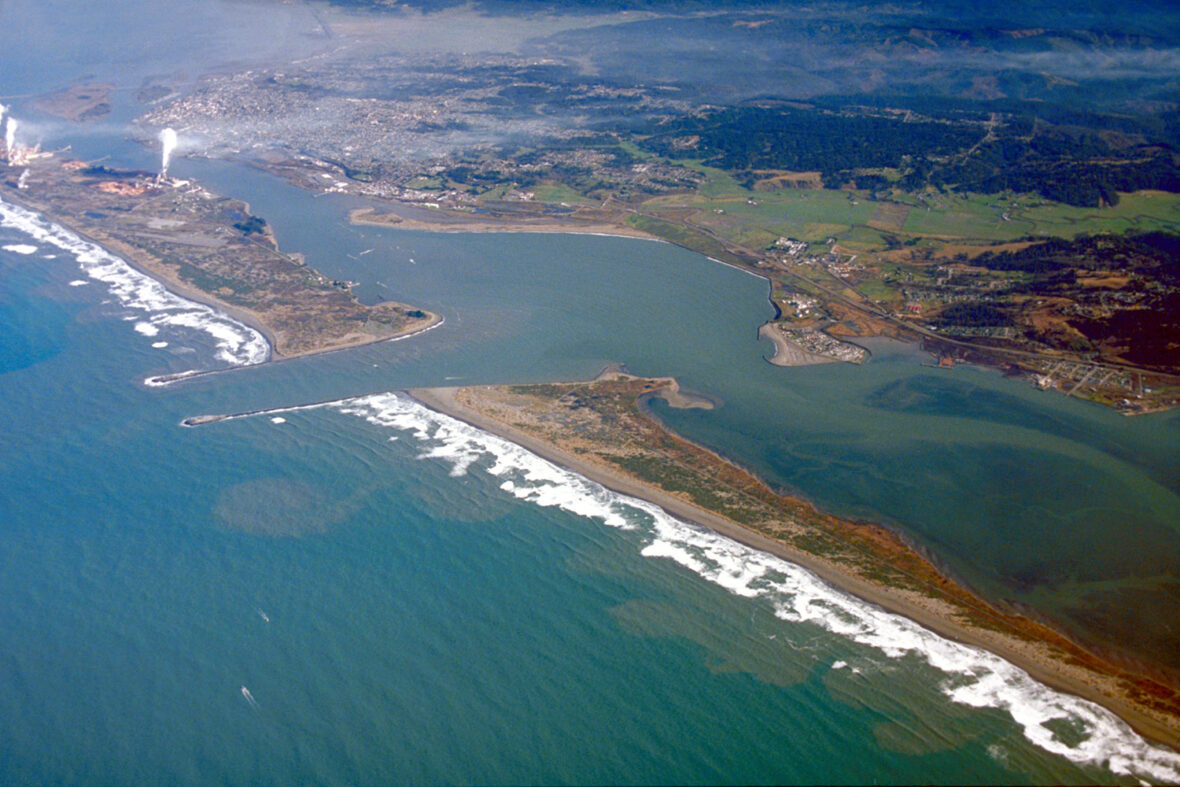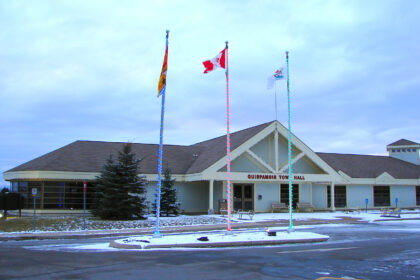Eureka is the principal city and county seat of Humboldt County in the Redwood Empire region of California. Take a look below for 20 awesome and amazing facts about Eureka, California, United States.
1. The city is located on U.S. Route 101 on the shores of Humboldt Bay, 270 miles (435 km) north of San Francisco and 100 miles (161 km) south of the Oregon border.
2. At the 2010 census, the population of the city was 27,191, and the population of Greater Eureka was 45,034.
3. Eureka is the largest coastal city between San Francisco and Portland, Oregon, and the westernmost city of more than 25,000 residents in the 48 contiguous states.
4. The proximity to the sea causes the city to have an extremely maritime climate with very small annual temperature differences and seasons mainly being defined by the rainy winters and dry summers, whereas nearby inland areas are much hotter in summer.
5. It is the regional center for government, health care, trade, and the arts on the North Coast north of the San Francisco Bay Area. Greater Eureka, one of California’s major commercial fishing ports, is the location of the largest deep-water port between San Francisco and Coos Bay, a stretch of about 500 miles (805 km).
6. The headquarters of both the Six Rivers National Forest and the North Coast Redwoods District of the California State Parks System are in Eureka.
7. As entrepôt for hundreds of lumber mills that once existed in the area, the city played a leading role in the historic West Coast lumber trade.
8. The entire city is a state historic landmark, which has hundreds of significant Victorian homes, including the nationally recognized Carson Mansion, and the city has retained its original 19th-century commercial core as a nationally recognized Old Town Historic District.
9. Eureka is home to California’s oldest zoo, the Sequoia Park Zoo.
10. Eureka’s Pacific coastal location on Humboldt Bay, adjacent to abundant redwood forests, provided the reason for settlement of this 19th-century seaport town.
11. Before the arrival of Euro-American settlers, including farmers, miners, fishermen, and loggers, the area was home to Native Americans.
12. The Wiyot people lived in Jaroujiji (Wiyot: “where you sit and rest”), now known as Eureka, for thousands of years before European arrival.
13. Their traditional coastal homeland ranged from the lower Mad River through Humboldt Bay and south along the lower basin of the Eel River.
14. The Wiyot are particularly known for their basketry and fishery management.
15. An extensive collection of intricate basketry of the area’s indigenous groups exists in the Clarke Historical Museum in Old Town Eureka.
16. As of 2013, Eureka High School has the largest Yurok language program in California.
17. The Wiyot and Yurok are the westernmost peoples to speak Algic languages.
18. For nearly 300 years after 1579, European exploration of the coast of what would become northern California repeatedly missed definitively locating Humboldt Bay because of a combination of geographic features and weather conditions which concealed the narrow bay entrance from view.
19. Despite a well-documented 1806 sighting by Russian explorers, the bay was not definitively known by Europeans until an 1849 overland exploration provided a reliable accounting of the exact location of what is the second-largest bay in California.
20. The timing of this discovery led to the May 13, 1850, founding of the settlement of Eureka on its shore by the Union and Mendocino Exploring (development) companies.




